
CHEVY SBC 400/406 STAGE 3.0 DART BLOCK, AFR HEADS, CRATE MOTOR 530 hp BASE
$8,795.00
Available
***
IMPORTANT NOTE
***
FULLY ASSEMBLED FROM INTAKE TO OIL PAN.
- DART SHP BLOCK WITH SPLAYED MAIN CAPS. COMMONLY USED IN ENGINES BUILT TO 800+ HORSEPOWER.
- AFR ALUMINUM ALLOY HEADS.
- COMP HYD. ROLLER CAM AND PREMIUM BRAND TIE BAR STREET STRIP ROLLER LIFTERS.
- SA GEAR BILLET TIMING SET WITH TORRINGTON BEARING AND ROLON CHAIN 9 KEYWAY. TOP OF THE LINE.
- COMP ALUMINUM ROLLER ROCKERS 1.5 OR 1.6 RATIO.
- SCAT CRANKSHAFT, CLEVITE BEARINGS. BALANCED ON OUR CWT BALANCER TO BELOW 2 GRAMS.
- SCATCOMPETITION RODS WITH ARP 8740 CAP SCREWS.
- WISECO PREMIUM FORGED PISTONS. 800+HP RATED.
- MELLING M-SELECT SERIES OIL PUMP WITH M-SELECT DRIVE ROD.
- CHAMP OIL PAN WITH OIL CONTROL SYSTEM.
- PRO-SPORT SFI DAMPER.
- TWO YEAR WARRANTY .
This engine is designed for street/strip use. Pump gas friendly.
See our other listings for the fully dressed out turn-key version.
Two year warranty, see details below.
This engine is designed to have a high level of drivability, or street manners. Cams #2 and #3 are our favorites for offering exceptional low end and mid range performance plus max drivability without needing to deepen final gearing or the need for a high stall speed torque converter.
If you choose to go with the Hurricane single plane intake and the first choice cam with 1.6 rockers, it will bring the hp numbers up to approx. 530 . We do not recommend the single plane intake combined with cam choice 1 on any car that is over approx 3,200 lbs and/or cars with a steep (tall) final gear.
Please read the cam info provided below on the cam choices before purchasing this engine. It is very important that you choose the correct cam and intake for your car and its intended purpose.
Here are a few good reasons why we think the 400/406 engine is a better choice than the 383 engine.
1. The 400/406 will accelerate most medium to heavy cars dramatically quicker than the common 383's and 350's on the market. The main difference between a 400/406 and the 383 is that the 406 torque comes in much lower. The difference is so dramatic that you would estimate the engine to have a much higher horsepower rating than it actually has. If you're not familiar with the 400/406 engine, do an internet search on SBC 400/406 vs 383 or 350, and you will be convinced of the difference. There is no inherent weakness in the 400/406 engine when using a Dart high performance block. These engines are built to last and these blocks have plenty of room for additional rebuilds if needed. All parts used have much higher hp ratings than this engine is producing.
2. The exhaust note that this engine produces is much deeper than that of any of the smaller cubic inch engines on the market. The difference is dramatic to say the least.
3. This engine can be installed in medium to heavier cars without killing acceleration, having to deepen the final gear, and needing a huge stall converter. This engine will accelerate a 3600 lb or heavier car much better than the 383 or 350.
4. Very low maintenance, decent drivability, yet costing only slightly more than building a 383 street rod engine. Horsepower will vary, depending on cam and intake choice. You have up to three different cams to choose from, and two styles of intake manifolds plus two rocker ratios.
5. Longevity, reliability and low maintenance. You don't have to turn the engine to a critical rpm range to produce its max hp output. There is nothing unsafe about running an engine that's as well built as this up to approx. 6,200 rpm. Our AFR aluminum heads use very high quality hardware. The new Dart Super High Performance block would be indestructible if built to the power rating of this engine. The Wiseco Racing pistons are rated at 800+hp. The protection against detonation is at its highest with these type pistons.
6. Should you ever decide to sell your car, the resale value of a street rod with a 406 engine is very desirable compared to those running 383's. No 350 or 383 can be built up to the level of a 406 while running pump gas with the same compression. The power and torque numbers down low in the rpm band are what make the 406 such an incredible engine, compared to the 383 or 350.
We do a full test run on every engine we build on a test mule. The engine is run for two intervals of 15 minutes each, and every possible issue is addressed. When you install the engine, you must verify that the timing is set at the correct value, and the fuel to air ratio must be verified. We also include an engine stand like the one pictured, wheels included, and an engine lift plate.
As of 9/15/2013 we completed installation of our brand new Super Flow 902S dyno. In the past, we outsourced our dyno work. We were unable to do the research and development we truly wanted, and this prompted us to make the $105,000 investment. It's been one of the best investments we have ever made. Every aspect of our engines can now be monitored, calibrated, and tuned. Best of all, we can now see what combos generate the best power, with consideration to drivability.
One thing we have noticed is that the de-tuned engines with different cam and intake combos certainly do have less top end horse power than expected, but the torque increase in the low rpm range is much greater than in the higher horsepower setup. This increase in torque down low is what you want if you're sporting around on the street, rather than all out racing. The de-tuned version of this engine will also allow you to set the car up closer to stock and increase drivability to a very high degree. Throttle response is also noticeably better.
The build sheet is as follows:
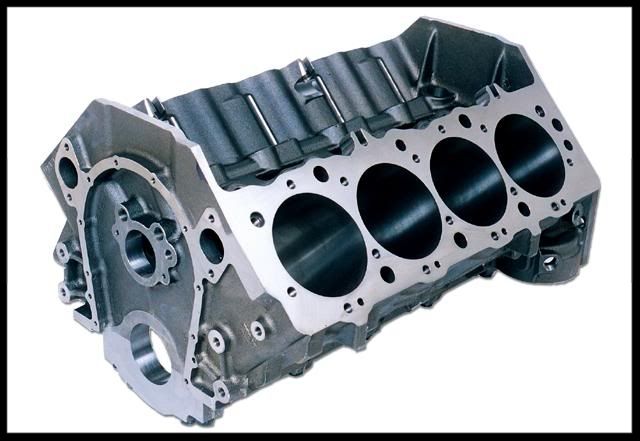
Block Specs.
Dart SHP block, splayed caps
The block is bored to size with our new Centroid touch probe machine. Few machine shops have a machine of this accuracy.
We also deck the blocks to an RA finish of approx. 15 or better. The decking procedure is also done by our Centroid CNC machine.
We often find many brand new blocks to have a sloping deck of up to 4 thous. When we're finished decking the block, it is within approx. .001 accuracy from end to end. Many machine shops fail to catch this as the machinery they use does not allow for such accuracy.
We then plate hone the block with our new Sunnen SV10 diamond hone machine. This is also a very advanced machine that hones the block with a finish unlike conventional machines.
The final step is to clean the block in our high pressure block washer.
Pictured below is the rotating assembly that comes in this engine.
(file photo, actual parts may vary, see details below)
The photos above and below are file photos. Actual appearance may vary. This picture is to give you an idea of parts used in the rotating assembly portion of this engine. All parts are brand new, first line, unblemished, and balanced in house.
READ THIS LISTING COMPLETELY BEFORE YOU BUY ELSEWHERE!
Crankshaft Specs.
- Crankshaft: Genuine Scat
- Crankshaft Stroke: 3.750"
- Crankshaft Material : Cast Nodular
- Journal Diameter: STD SBC
- Rear Main Seal: 2 pc RMS
- Rods: Genuine Scat
- Rod Type: Scat I-beam, Bronze Bushed.
- Rod Length: 6.0
- Rod Material: Forged 4340 Alloy.
- Rod Bolt/Cap Screw: ARP 8740 Cap Screws.
- Pistons: Wiseco Fully Forged. High Performance for street/strip use.
- Piston Size: 4.125-4.155" Your choice.
- Dome Volume: RD D-cup Dish. Comp. ratio calculates out to approx. 10.5:1
- Compression Height: 1.140
- Piston Material: Forged 2618 Aircraft Alloy
- Piston Rings: Mahle High Performance, Moly, Standard Tension.
- Ring Size and Fit: File Fit 1/16 1/16 3/16
- Ring Material: Ductile Iron/Stainless/Moly
- Main Bearings: Clevite
- Rod Bearings: Clevite
- Balance: In House on CWT balancer.
- Damper: Pro-Race brand Pro-Sport Series SFI 6.61" Internally balanced.
- Flexplate: Heavy Duty SFI 168 tooth or 153 tooth. Manual Trans. flywheels available.
Our Wiseco Forged pistons are custom designed with an increase in compression height. This has many advantages. Here are a few facts about compression height and deck height.
Our custom made pistons have a compression height that is .010 taller on bbc pistons, and .015 taller on sbc pistons, as compared to most all of the catalog pistons on the market. We find this to be a very valuable feature.
Since our pistons sit at a taller than normal compression height, we only have to remove approx. .005-.010 off the deck surface of the block. Our goal is set the piston at zero deck (flush with the deck surface). This maintains the deck's thickness, making it much stronger than a block that has been cut down .025. The engine will also run a bit cooler with a thicker deck. It's well known that the deck dissipates much of the built up heat an engine generates. This also allows for future deck re-surfacing without compromising the integrity of the block. On our bbc engines, we actually leave the piston about .003 to .005 in the hole to allow for possible piston rock. Our sbc engines will have the pistons setting right at zero with the deck.
These pistons are also suitable for use with mild nitrous or blower setups that do not exceed a 25% increase in horsepower over the engines naturally aspirated rating.
The picture below is a file photo of our Wiseco piston. Flash glare on the piston top seems to have enhanced the milling marks. These are hardly visible with the naked eye.
The picture below is a generic file photo of a Scat crankshaft.
Some of the benefits of the Scat crankshaft:
The material used in this crankshaft is manufactured from an exclusive Space Age material that was designed for high strength and fatigue resistance. The Scat cranks are the best value you will ever find. The Scat crankshafts are the best way to build a strong bottom end for, street rods, dirt and circle track racing, and drag strip racing.
Crank Polishing.
We now use the Clevite bearings in our engines.
Our choice of rods are the SCAT COMPETITION SERIES rods with ARP-8740 cap screws.
The Scat Pro-Comp extreme duty I-beam rods should not be mistaken for ProComp rods. These rods are made exclusively by Scat, and have nothing to do with the ProComp company. The critical sizing and installation of the ARP cap screws is performed on a Sunnen machine in the USA by Scat Industries. These rods are excellent for those wanting the extra security offered by a rod with 7/16 ARP cap screws.
Take notice of the design of these rods. They are far superior to conventional style I-beam rods. We are now using this rod in all of our Stage 4 and up SBC engines. We also use this rod in our big block 505/540/555 engines, making approx. 700+hp.
If you do a search on the Scat Pro-Comp rods, you will find a vast amount of info on many car forums. All of the info is 100% positive. These rods are run in engines that not only produce high horsepower levels, but also run at continuous RPM. Notice the general appearance in the pictures. These rods do look impressive. The style is reminiscent of a steel billet rod.
The fact that these rods are incredibly strong and well made, coupled with the fact they are light weight and offer better clearance than any H-Beam rod on the market, made it an easy decision to use them in all of our high horsepower street/strip engines.
We use genuine Scat rods with ARP cap screws in all of our engines. Our Scat rods are bronze bushed, and unlike Eagle I beam rods, these are fully forged 4340 alloy.
We have noticed some engine builders using low cost generic rods and crankshafts in their engines. These non-branded, (no-name) products are often poor quality in many ways. You will notice many of the low end engine builders fail to mention the actual brand of the rods or cranks used in their engines. Upon further investigation you will find such parts not to be a branded name product. They may label these parts with a name, but one that is totally unrecognizable in the industry. Our experience in years past with such rods and cranks has been disappointing to say the least. Besides the obvious issues such as incorrect sizing and machining that is difficult to correct, the questionable alloy these items may be produced from and the potentially incorrect heat treating methods used, could prove to be disastrous. Little can be done to verify this and nothing can be done to correct it. Failures of such critical parts will usually result in catastrophic damage to the engine. As you may have noticed, this is why we specify the brand name and series of every part used in our engines.
Genuine ARP 8740 cap screws.
HEAVY DUTY SFI RATED FLEXPLATE MADE IN THE USA INCLUDED.
This SFI flexplate is made in the USA and will resist cracking and warpage to a very high degree. One good telltale in identifying a low quality flexplate is the lack of welding on each side where the plate mates to the ring gear. They usually have a pale grey color to them, as they are not coated, and will rust quickly. Ours are welded on both sides, and are much thicker than an OE plate, and are zinc dichromate coated.
We do offer this engine with a manual flywheel. In most cases we do have both sizes, 153 and 168 tooth, available.
Our CWT 5500 Balancer.
We do our own balancing with our new state of the art CWT 5500 Series balancers . The CWT 5500 is the ultimate for precision balancing. We now have three of these in our machine shop. We consider this machine to be highly advanced compared to the Hines balancer we once used. We balance every rotating assembly we sell within 2 grams or less at no extra charge. A balance sheet is included with your engine.
Three new CWT balance machines under one roof is a rare sight.
Our crew wrapping up for the day. Pardon the mess.
Head gaskets are Fel Pro 1003 premium race grade series, and ARP head bolts, and rocker studs.
Important notice.
If you've read our warning on engine builders using low grade no-name rods and cranks, a similar situation exists in the roller rocker market. We do not use or sell non branded, (no-name) roller rockers, period. They have proven to be faulty in many ways. The center trunnions are not polished, nor is the center of the roller tip true to size or polished. Metal fragments are often left inside the trunnion housing and will cause destruction of the needle bearings. The pins and keepers that hold the parts together are often of poor quality and improperly installed. The front roller will usually scoot along the valve tip, as it can't roll properly due to rough internal surfaces.
We have honestly seen valve tips that were scalloped out due to the front roller dragging across them. This will cause the valves to side-load against the valve guides in the heads and surely cause damage to them if run like this for very long.
We have scrutinized these products in the past and found all of the above problems, and I can tell you there are most likely many more. We would not use them in an engine under any circumstances. You will also see many of these rockers made from stainless on the market. They use a low grade stainless that actually has a near non-existent amount of nickel in them, but that's not the real problem with them, as stainless steel has no advantage over high grade heat treated steel when it comes to a roller rocker. The lack of hardness of the rocker body is the real problem. The problems with these stainless rockers are the same as mentioned above. These are the roller rockers you see on the market for around $119 and up to $169 for the so called stainless ones. They are pure junk, in our honest opinion. They could possibly be used on a budget back yard stock build up that has a very low spring pressure, with a cam that has very low lift, but then you would be better off with the stock stamped rockers on such a build.
We have heard of many engines using these rockers that came apart and spilled needle bearings into the engine, only to end up in the oil pump. It seems like some engine builders do not care how long the parts in your engine last, or they simply don't know this. I can tell you for sure that using such low grade, "no-name" roller rockers is asking for trouble.
We use Comp High Energy, Comp Ultra Pro Magnum, Comp Gold Arc, Scorpion Race and Endurance Series rockers in all of our engines. The difference in these compared to the low grade no-name rockers on the market is huge.
Delphi Anti Pump up lifters.
We have had a vast amount of experience with the Dehphi hydraulic roller lifters. They are a good quality lifter and work well in our engines.
Howards brand are the only type of pushrod we use in our engines. M
ade in the USA from 4130 chromoly steel. Regular hardened pushrods will most likely flex in the engine when running above normal RPM ranges, and risk bending under high RPM. These do not have the welded ball on the end. We only use the swedged one pc. design, which is a well proven design far superior to the style many others use in engines. 4130 chromoly steel is also much stronger, and will resist flexing. When a pushrod flexes in the engine, you lose lift. Don't be misled by the term "hardened," as this is nothing more than a stock style low cost push rod. They will flex in the engine or possibly bend permanently.
You have a choice of single or dual plane intake. The single plane intake (1st pic below) should only be used on cars that are very lightweight and have good hood clearance.
We now offer the single plane intake in aluminum with a black finish as a $49.00 upgrade.
Dual Plane Intake shown below. This is a large runner dual plane intake. They make excellent mid range power.
Pictured below is the Edelbrock Performer EPS dual plane intake. If you're going with cam choice # 2 or 3 and require more bottom end power, we strongly recommend this intake. This intake offers incredible low end response and has excellent hood clearance for those installing this engine in a C3 Corvette with a non-cowl stock hood.
304 STAINLESS ALLEN HEAD INTAKE BOLTS ARE USED ON ALL OUR ENGINES.
We are offering several cam choices listed below in this engine. Read the specs carefully.
Official Dyno report on our 406 engine with cam choice #1 and a dual plane intake.
Cam choice #1 and a dual plane intake.
This cam choice (2) is the perfect all around setup for those wanting excellent bottom and mid range power, while still generating decent power at the top. Horsepower rating would drop an additional 10-15 hp below the cam choice 1. Drivability and street manners would be considered excellent. Heavy cars, upwards of 3800 lbs or more, would do well with this cam choice. No need for a high rpm stall with this cam, but you would still require a stall in the 2200-2500 rpm range for optimal acceleration.
If your car is in the heavy weight range, and/or geared on the steep side and you want much better streetability, then this is the correct cam choice. You still want to keep the final gear ratio at approx. .320 or numerically higher. If you have an overdrive trans., then this cam, coupled with the dual plane intake, would allow the engine to cruise in overdrive with rpm in the 1950-2050 rpm range. Should you have a Turbo 350 trans, then this cam choice would allow you to run a somewhat taller final gear to allow decent highway driving in the lower rpm ranges.
You may choose 1.5 or 1.6 rockers with this cam, but we recommend the 1.5 rockers for even better low end response, especially if you plan on running an overdrive transmission. You can also expect a much longer valve train life with this cam compared to the larger cams listed above, especially with the 1.5 ratio rocker choice.
Carb size when using this cam will drop. You'll notice slightly better mileage and better throttle response with this carb versus the larger carbs required when running the larger cams. If your vehicle is very heavy, over 4400 lbs, then we recommend our cam choice #3.
Cam choice #3
220/226 duration
111 lobe sep.
Comp Cams SBC Step Nose Xtreme Energy Hydraulic Roller Camshafts.
Cam choice #3 would be an excellent choice for those with a heavy car or truck. This cam would also be the best choice for those running a 700R4 trans. Low speed cruising, running an A/C, and excellent vacuum for operating power brakes are all possible with this cam.
Great off idle power. A stall converter in the 1600-2250 range would give excellent results. Gearing could be considerably taller, allowing for much better mileage and low rpm highway cruising.
Excellent of idle power is what to expect from this cam choice. Carb size will drop once more with this cam. Possibly better mileage, and for certain, throttle response would be excellent with this cam. Valve train wear and noise would be nearly nonexistent when coupled with 1.5 or 1.6 rockers.
One more benefit of this cam choice is that we can set the engine up with a reduced compression ratio, and this would offer great protection against detonation, and also extend the life the of engine. Running mid grade fuel or even regular grade fuel becomes a possibility with the reduced compression ratio.
The information above on cam selection is not etched in stone. You could step outside these guidelines in either direction to some degree and still have very good street manners. The larger cams could possibly cross the finish line sooner in cars that are setup properly compared to the smaller choices, but the smaller cams will have a better feel in the lower to mid rpm range without all the drama of the more radical setups above.
We're all hungry for as much horsepower as we can get, but building an engine of a given size to higher horsepower will always require a trade off. The 406 engine offers the best of both worlds when it comes to bottom and top end power, but the bigger cams are more demanding on gearing and stall, sensitive to weight, and suffer on drivability as well as valve train wear and tear.
THE CAMS LISTED WILL COVER MOST NEEDS FOR ANY STREET ROD OR SPORT TRUCK.
Pictured below are our most popular valve covers. They are fabricated aluminum, and very high quality. You may select from any of the valve covers we have listed at no additional cost for your engine.
RETRO STYLE FINNED. OUR SECOND MOST POPULAR CHOICE.
THE RETRO FINNED VALVE COVERS CONTRAST NICELY WITH THE CHROME AND POLISHED ITEMS.
Timing components: SA Gear 8999T billet double roller timing set.
Polished Aluminum Timing Cover.
We use the top of the line SA Gear timing set with a torrington bearing and rolon chain. The difference in quality is dramatic compared to the common low-cost timing set. The upper sprocket is made from billet steel and the lower is induction hardened with nine keyways. These sets are hand matched for selective sizing.
The cost on this high end timing set is approx $97.50, more than double the cost of the low level budget timing set used by many other engine builders. Should you ever want to confirm that this is what is actually in your engine, you can remove the timing cover, and you will see that this timing set is very different in appearance to the run of the mill low cost sets often used by others.
This timing set is offered in three different chain tension setups, allowing us to set it up perfectly every time. One more benefit is that timing accuracy is very precise and will remain that way. This timing set will likely last for the life of the engine. This is what you will find in most solid roller engines, as they have very high spring rates, and create an enormous load on the chain and gears, compared to non solid roller setups. It may seem like a bit of overkill to use such a high end timing set, but the versatility and extreme quality outweigh the cost, in our opinion.
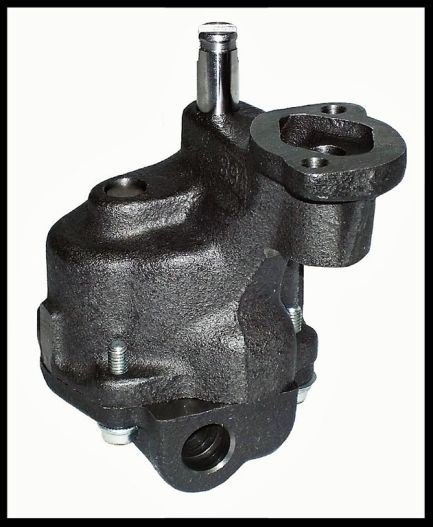
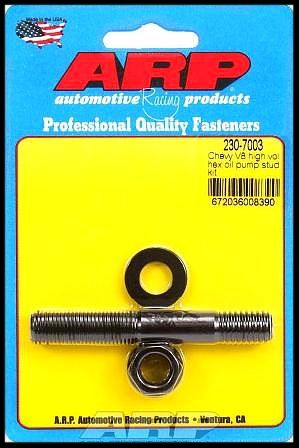
Champ premium oil pan.
The oil pans we use on all of our engines are made in the USA by Champ. The Champ oil pan has a full windage tray, crank scraper, and trap door. Threaded dipstick is included. Extreme duty pickup designed not to fail. The oil pan is made from a thicker than normal gauge material, and has embossed ribs in the body.
If your engine is equipped with the 7 qt. Champ oil pan, it has kickouts that swell outward approx. 3 inches on each side. If you think you will encounter clearance issues with the kickouts, we recommend opting for the stock appearing 5 qt. oil pan. The 5 qt. pan will still be a Champ pan and will have the windage tray and crank scraper. We strongly recommend reducing the amount of oil used in these oil pans by approx. 1/4th of a quart. Doing this may reduce the chance of oil leaks and reduce oil temps. The larger counter weights used on stroker crankshafts are why we recommend reducing the oil capacity in these engines. The higher capacity 7 quart oil pan is an optional upgrade on some of our engines.
To be clear on what we're saying, we would like to see you add right at 6.75 quarts of oil grand total in your engine and oil filter when using the higher capacity oil pan. When using the stock appearing oil pan, we would like to see you add right at 4.75 quarts grand total in your engine and oil filter.
Our engines include a dipstick. It's very important that you re-calibrate the oil level marking on the dipstick. This is due to the fact that the dipstick, oil pan, and block are all made from various manufacturers and we often see great variances. Couple this with the fact that you may be running a reduced amount of oil, and the "full" mark on the dipstick will most likely not indicate correctly. Once you have put a predetermined amount of oil in your engine, and run it for a few minutes, let it sit for awhile on level ground, check the oil, and mark your dipstick with a flat file to re-establish the full mark.
We do not use the knock off oil pan gaskets on the market. Felpro premium oil pan gaskets are used on all of our engines.
Pictured below is a file photo. The actual Felpro gasket used will be the correct model for this application.
We use our premium studded mini nut set on all of our oil pans and valve covers. The nuts have a serrated face and built in washers. This is the ultimate set for securing the oil pan and valve covers to the engine and is far superior to the typical bolts used by most other engine builders. Our standard engine color is black. Custom paint work on engine blocks and oil pans is available as an optional upgrade. The pictures above and below are file photos to display the studded mini nuts. Other items seen in these pictures may not represent your actual engine.
We include an engine lift plate and heavy duty engine stand with casters with every engine we build.
IMPORTANT NOTE ABOUT DE-TUNING.
For those with very heavy vehicles, such as 4x4 quad cab trucks, 3/4 ton trucks, and crew cab/ex-cab trucks, Suburbans, plus trucks that may do light to medium trailer towing, we strongly recommend the de-tuned version of this engine with reduced compression ratio, and a special cam.
Our machinists each have many years of experience in building racing engines. This very critical work is done to exacting specs and with great care. Many vendors do not have machinists with the experience or the proper equipment that we are fortunate to have. We have built engines that cost upwards of $50,000. All of our engine builders have been in the engine machining and engine building line of work for their entire working lives. Their ages range from 38 to 65. We have a total of seven machinists/engine builders.
|
We have dyno tested the original creation of this engine with every cam and intake choice available extensively. We now include the engine test mule run at no additional cost. The engine is thoroughly tested for leaks, vibration, unusual noises, overall engine sound and feel. THIS ENGINE IS BUILT WITH THE BEST AVAILABLE PARTS WITH CONSIDERATION TO KEEPING THE COST OF THIS ENGINE REASONABLE. WE'VE REVIEWED WHAT THE COMPETITION IS OFFERING, AND WE'RE CONVINCED THAT WE ARE OFFERING THE BEST VALUE FOR THE MONEY. We offer this engine with selected upgrades. Listed below are some of the most requested ones. Many not only improve performance, but further enhance the reliability and longevity of your engine, along with resale value. Most of these upgrades are low in cost considering the benefits they offer. We offer premium grade Ram brand SFI Billet Steel flywheels for manual transmission use at an additional cost. See our other listings. This engine includes a flexplate for automatic transmission use at no additional cost.
When purchasing a flywheel for manual transmission use, be sure to know what tooth count you need. There are two sizes available, and it is of the utmost importance to select the flywheel that is correct for this engine. There are several factors that must be addressed when choosing your correct flywheel. The tooth count must be correct. This is very important. There are two sizes available, and it is the bellhousing size on the transmission that determines this. Another important factor is if the engine your purchasing is internally balanced often referred to as neutral balanced or if it is an externally balanced engine, often referred to as externally balanced. Big block and small block engines will also have a different bolt pattern in most cases. To sum it up, there are three important factors to look for when selecting the correct flywheel, tooth count, int. or ext bal. and whether or not you purchasing a big block or small block engine. The Ram brand flywheels we offer are very high quality. See our other listings for a complete line of the Ram brand SFI flywheels.
Race balancing:
Cost of race balace is
$125.00,
his is for those who want the engine to operate virtually vibration free at high rpm. Extends engine life and frees up a few more horse power. This is a somewhat labor intensive procedure and is not required, but the feel of an absolutely vibration free engine at high rpm is desirable by many. The standard balance job that is included with this assembly at no extra charge is certainly sufficient. With a race balance job, all pistons and rods are match weighed to within 2/10's of a gram or less, and the final balance is brought down to around 1 gram plus or minus.
An ultra smooth engine at high rpm has a noticeable feel and sound to it. If you do not opt for this upgrade, the assembly will still be fully balanced. We spend a good hour and a half doing the regular balance work, and it will certainly meet your needs.
ARP-2000 rod bolts: Cost of this ARP 2000 rod bolt upgrade is $89.50, This is one upgrade that we find to be very valuable. The rod bolts are most likely to fail under hard use, moreso than the rod itself. When a rod bolt fails during high RPM, total engine destruction is usually the result. The ARP-2000 rod bolts are a very good upgrade, in our opinion. We actually have few, if any, problems with the regular ARP-8740 bolts, but those who run hard always upgrade to the ARP-2000 rod bolts. The ARP-2000 rod bolts also torque at a higher number, and this increased clamping force is also a factor in keeping the big end of the rod stable and true to size. The ARP-2000 bolts are installed in the rods and this upgrade is only available with the Competition rod upgrade. Scat 4340 Forged Crank: Cost of this forged crank upgrade is $585.00, The forged Scat crank has a rating of 800+ HP. This is the ultimate upgrade for those wanting to run hard. Nos, blowers, turbos, are not an issue with this crank. Even without such power adders, this Crank offers great protection under the most severe conditions. This upgrade also comes with the HP high Performance King bearings. Should you decide to run power adders in the future, this would be essential. The fatigue life of the 4340 crank over the cast nodular is also greatly extended. We do offer this upgrade as part of many of our assemblies in some of our other listings. They have the key words, "fully forged," in the title.
Internal (neutral) balanced front. Cost of the internally balanced front crank is $49.50, This low cost upgrade is the next best thing to an internal balanced crank. This Scat crank is similar in design to the one offered in this assembly, but it has an internal (neutral) balanced front. R unning a crank that is neutral balanced in the front will allow the use of a non-weighted front damper. This will eliminate the additional mass from a weighted damper. Replacing the damper, if it's ever needed, becomes a simple procedure, and assures that the balancing is not affected. It's well known that under high rpm conditions, the front of the crank on externally balanced engines is at risk of breaking much more than those with an internal setup. Dyno Tuning (Carbureted Engines): Cost of the full dyno tune option for carbureted engines is $360.00, options for engines with EFI fuel systems will be $100 more. This is one of the most important upgrade/options we offer. There are many benefits to this service. The engine is first run at fast idle to bring the water and oil temp up to normal operating temperature. It is then run for approx. 20 minutes under a simulated load at around 3k rpm to promote initial ring seating. After this, the engine is shut down to allow us to check the readings on the spark plugs, and for any possible oil leaks. This cool down is considered part of the engine's first heat cycle. We then follow up with multiple low to medium rpm runs to further the break-in process of all the moving parts in the engine. During these multiple runs, we are paying close attention to the EGT (exhaust gas temp) readings, vacuum pump readings, oil temp and pressure, coolant temp, and overall engine sound. At this point, we start the actual dyno tuning process and this focuses around the air to fuel ratio numbers and what timing numbers produce peak power. We usually have to change carb. jetting several times, adjust the idle circuits, and the air-bleeds occasionally have to be changed. We then establish the engine's full horse power and torque numbers at a given rpm limit. Having your engine dyno tuned will allow it to run at its absolute best, and is very important in protecting the engine from potential damage caused by the carburetor running excessively rich or lean. This also establishes the engine's hp output and max rpm. These numbers are very important to know. There is one more value that we consider just as important to what we have mentioned above. An engine that has been dyno tuned has also been validated to be in perfect operating condition. This is something that running the engine on a test mule can't provide. Any problems the engine may have will show up during the dyno tuning process. We have on rare occasion seen a popular combination show hp numbers that were not where they should be. Some of these problems give no indication other than reduced hp numbers. We find and fix such problems. The problem may be something simple and easy to find and in some cases very difficult to pinpoint. We will not send the engine out until it's perfect. If you choose not to purchase the dyno tuning package, we will still do a test mule run, as many engine builders do, and it certainly is better than nothing but pales in comparison to a full dyno tuning. When engines are dyno tuned, the chances of you having a problem are near non-existent. Unforeseen problems may still occur, but they are rare. We have kept the cost on this extensive procedure low to not only make it affordable, but it gives us great peace of mind knowing the engine will be in perfect operating condition when it is received. The cost to do a repair once the engine is installed can be very expensive for both us as the seller and for the customer. When you see the final dyno run of your engine on youtube, consider the fact that approximately five man hours, around $25.00 worth of fuel, oil and filter, and $105K worth of dyno equipment went into making that one minute final test run video. Pictured below is one of our actual Super Flow dyno's. This is a 2016 model and highly advanced compared to the much older models many shops have. We have two of these in use at our shop.
The Super Flow is the best dyno in the industry.
IMPORTANT NOTE. If you purchase a starter from us you will have to install it. There is no way for us to properly shim the starter (should it be needed) while the torque converter and transmission are not installed. The flexplate will change position when the transmission is installed and the torque converter is hooked up to the flexplate. Some flexplates have a slight amount of run-out/warpage when the trans. and torque converter are not connected to it. This makes correct starter installation difficult. Only when you have the torque converter mounted to the flexplate can you properly install and adjust the starter. Suggestion: While the engine is out of the car, still mounted on the engine stand, bolt up your torque converter to the flexplate. This will flatten out the flexplate to a great degree. Then, mount your starter on the engine. This is the only time you will have a birds eye view of the starter gear and ring gear from the back of the engine. You can see if the proper amount of mesh is there. It's possible that once the transmission is installed and the torque converter is hooked up to the flexplate, the position of the ring gear may move a slight bit more. The transmission shaft centers up to the torque converter, and this causes the flexplate to further change shape slightly. This may alter your initial starter adjustment, and if it does, you may need to do a light adjustment once the transmission is installed. We strongly suggest using our Powermaster 9100 or 9400 starter on this engine. These starters have proven to be highly reliable, and offer excellent header clearance.
|
|||||||||||||||||||||||||||||||||||||
Attention Valued Customers!
When it comes to highly technical questions, our sales team at Skip White Performance might not always have the detailed answers you're looking for, especially on topics like installation procedures or tuning.
For those with detailed or specific questions, we strongly recommend checking out automotive forums and communities where these products are frequently discussed. These forums are a treasure trove of information and can provide the expert advice you need. Additionally, YouTube has countless tutorials and guides that walk you through the installation process and other technical details.
Please note: While we're here to provide top-notch products, we cannot be held responsible for any damage resulting from the use or installation of this product. Make sure to do your research and proceed with caution!
Thank you for choosing Skip White Performance!
Disclaimer
Skip White Performance is not liable for any collateral damage or incidental issues arising from the use or misuse of our products. High-performance parts are intended for experienced professionals and enthusiasts. Use at your own risk.Product Information
| UPC | 373490795150 |
|---|---|
| Product Type | Shipped Product |
| Price (excl. tax) | $8,795.00 |
| Price (incl. tax) | $8,795.00 |
| Tax | $0.00 |
| Availability | Available |
| Shipping Cost | 435.0 |
| Number of reviews | 0 |
Customer Reviews
This product does not have any reviews yet.
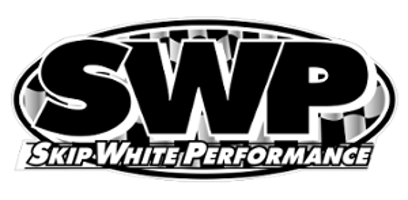

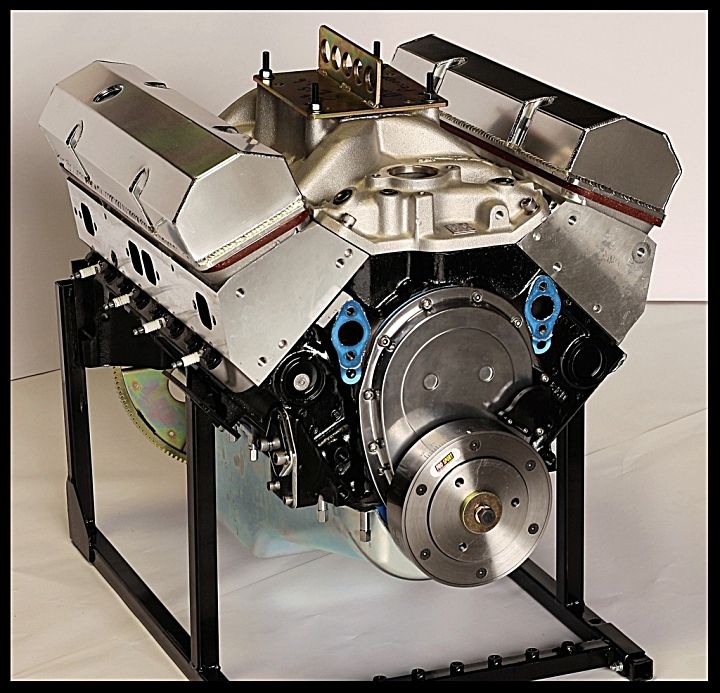
.jpg?width=1920&height=1080&fit=bounds)

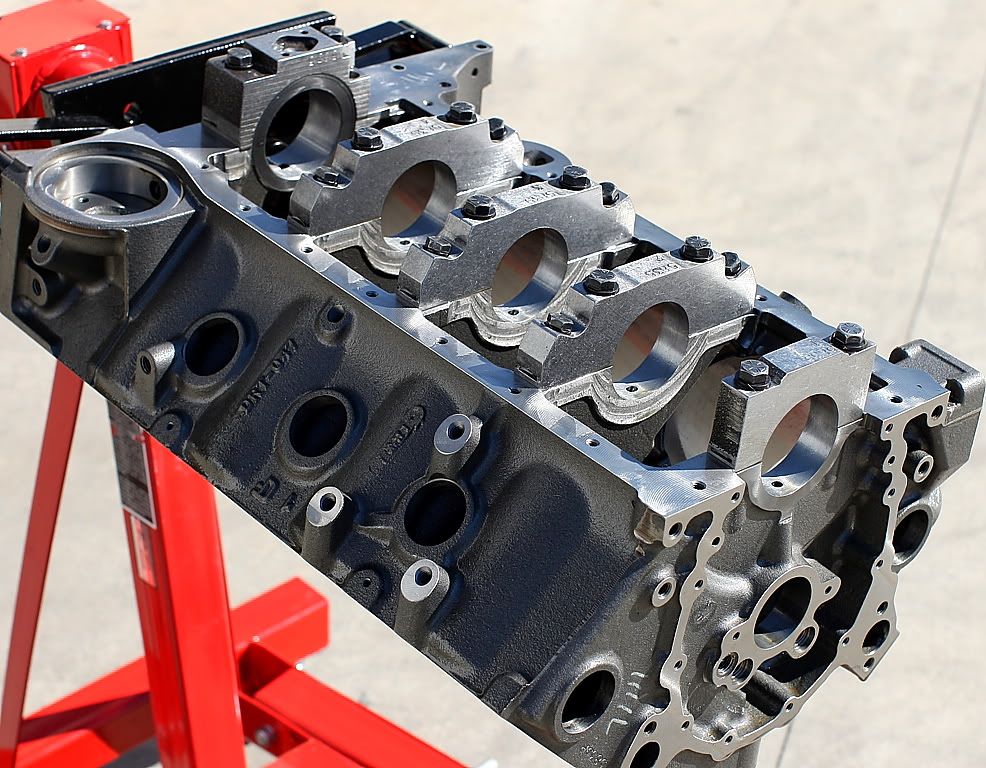
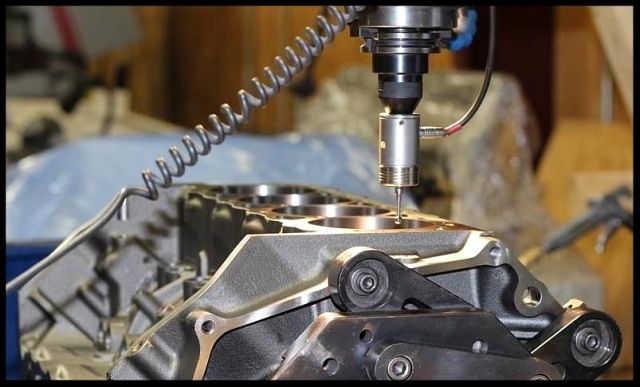

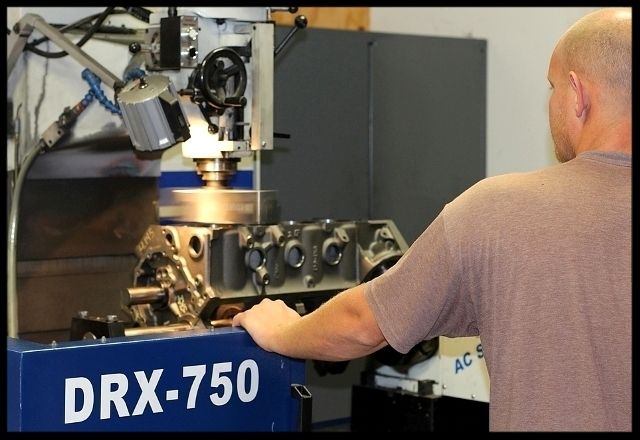
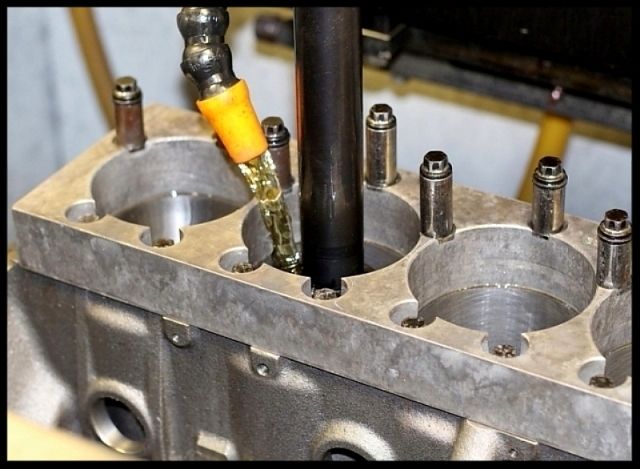
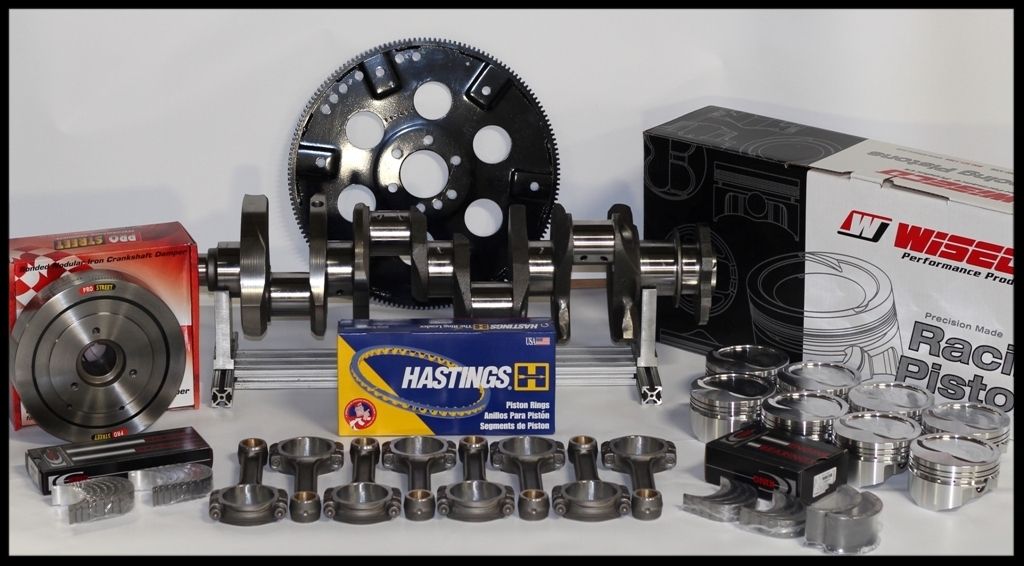


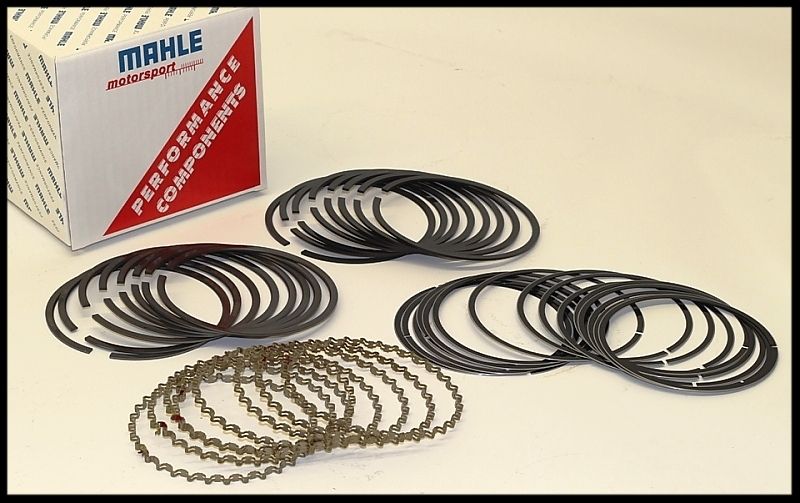

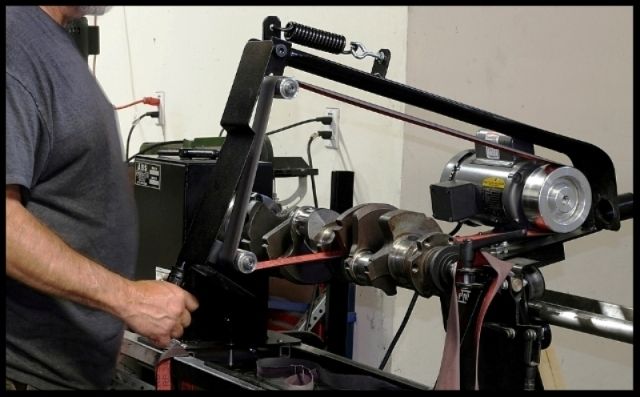
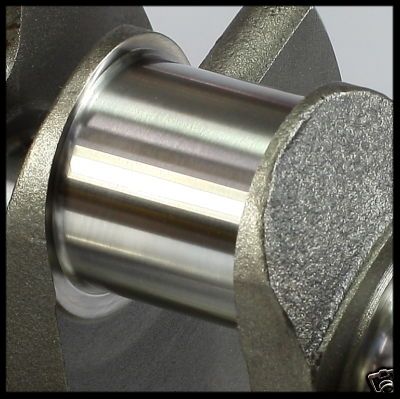

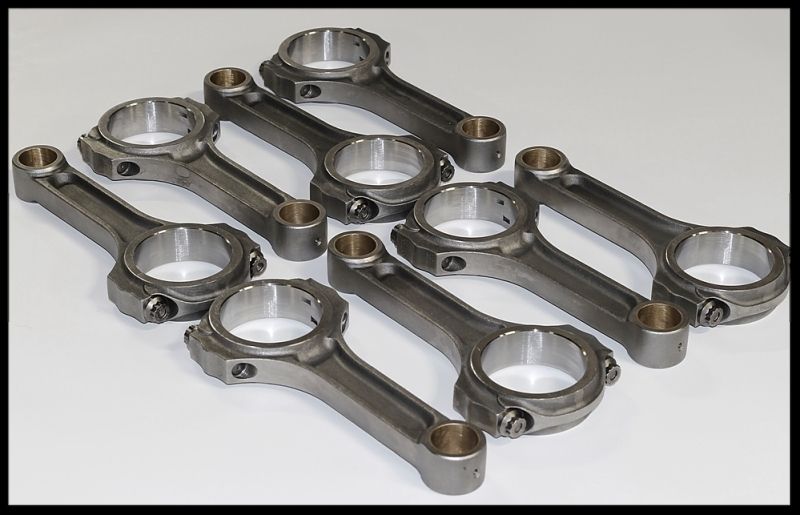

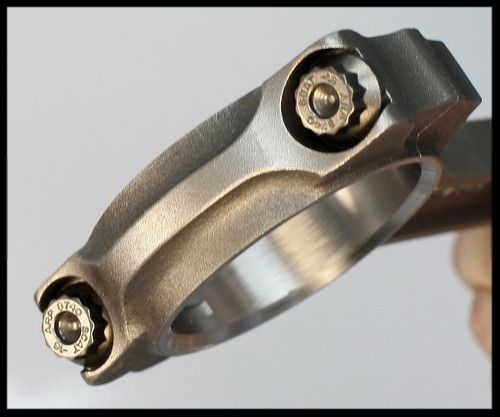
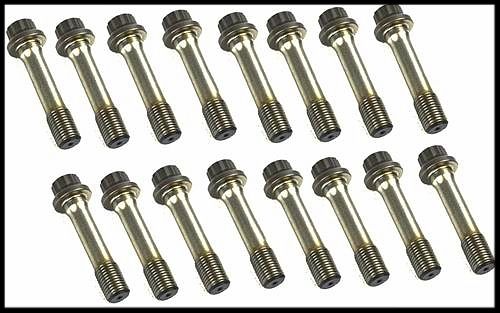
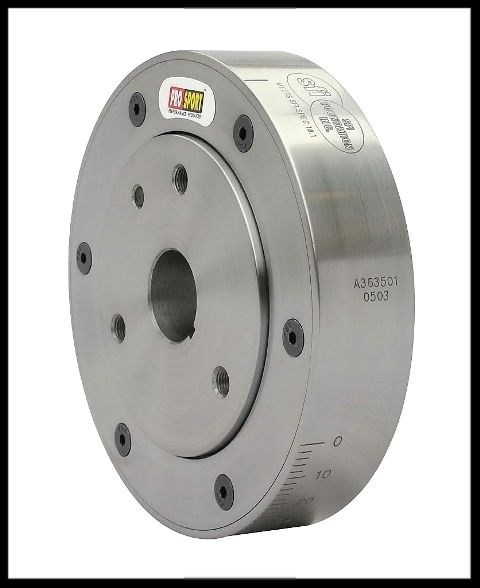

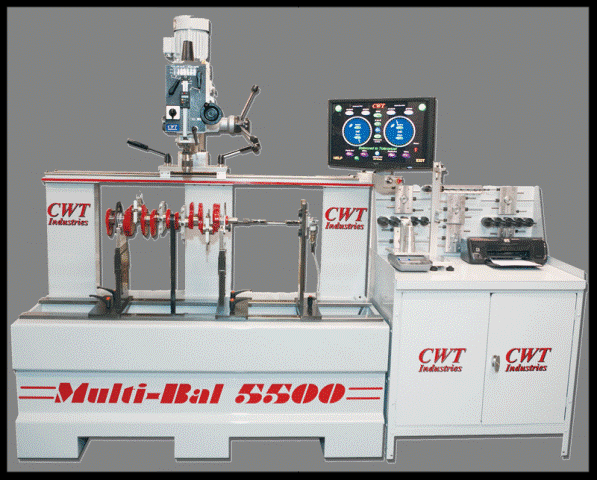
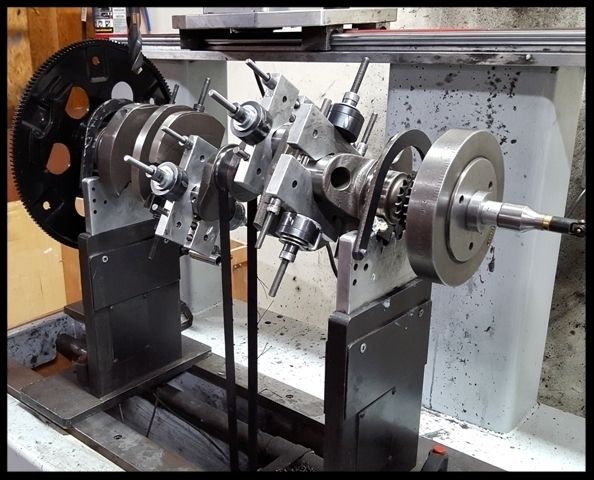

.jpg?width=1920&height=1080&fit=bounds)
.jpg?width=1920&height=1080&fit=bounds)
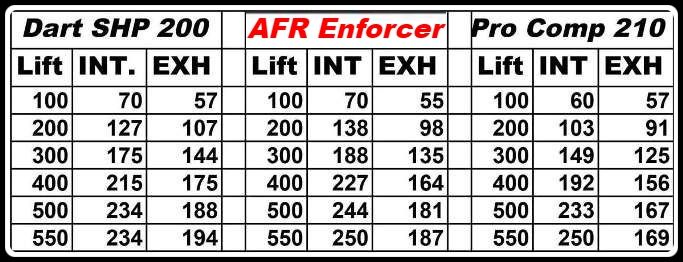
.jpg?width=1920&height=1080&fit=bounds)
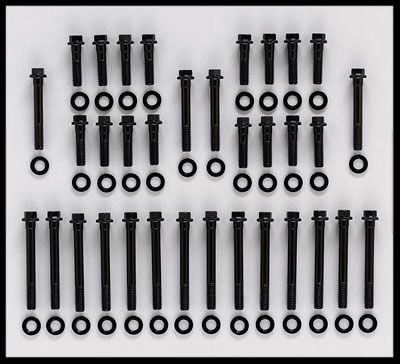


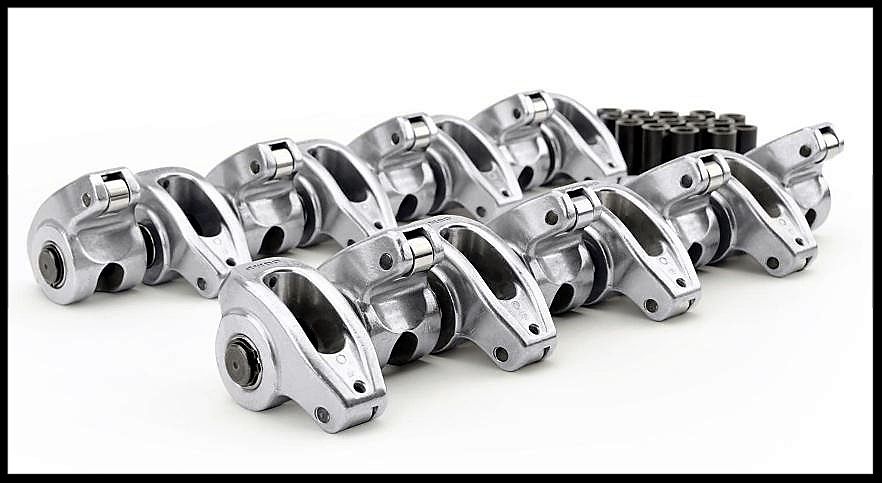
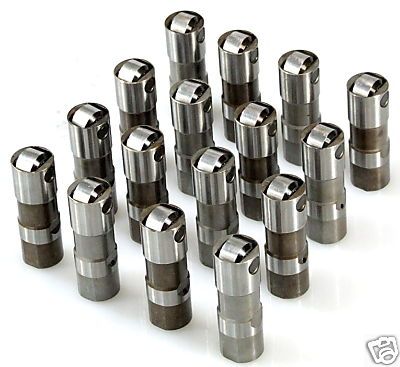
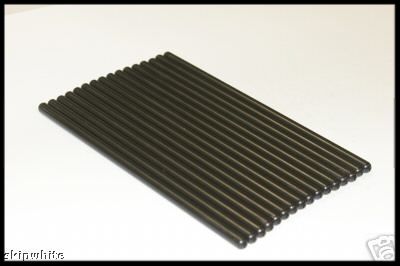

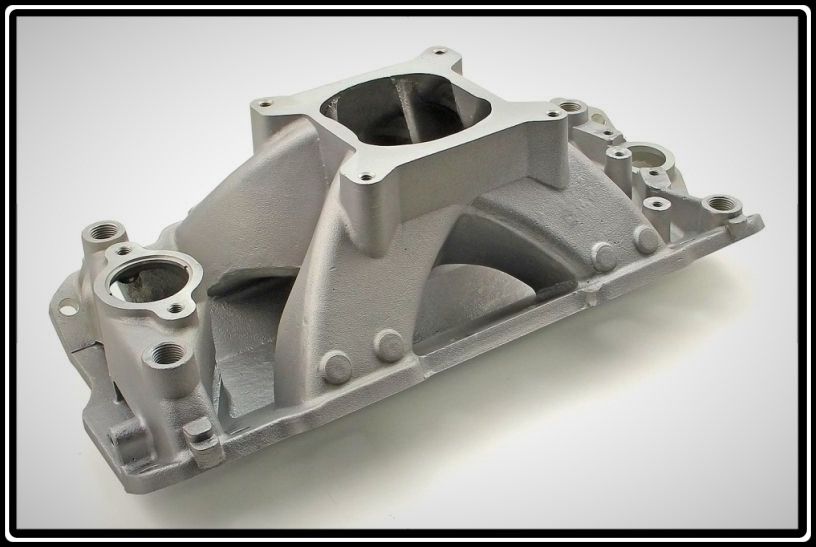
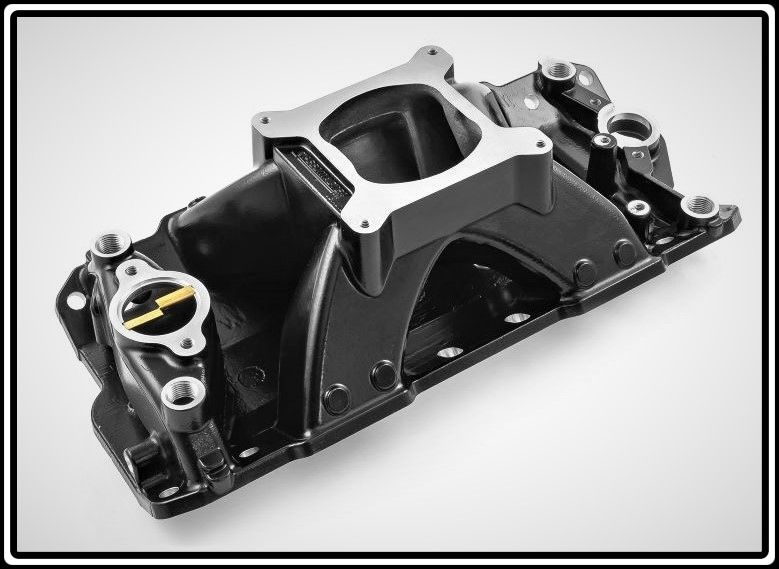

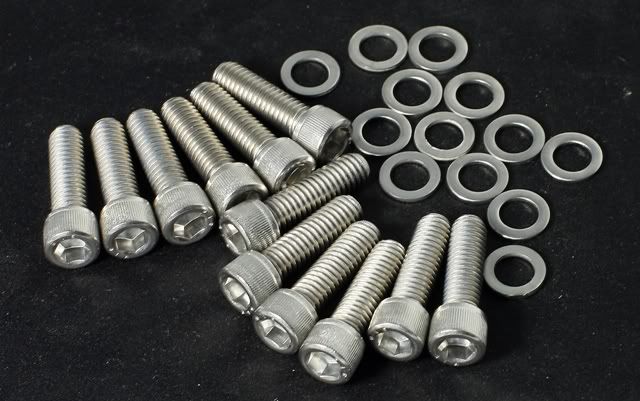
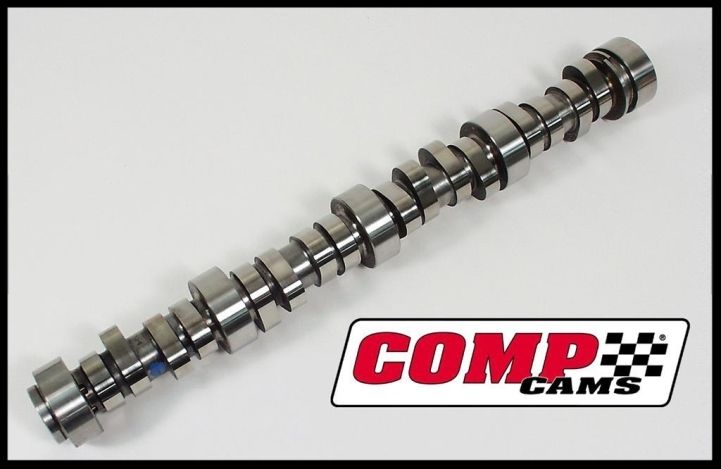
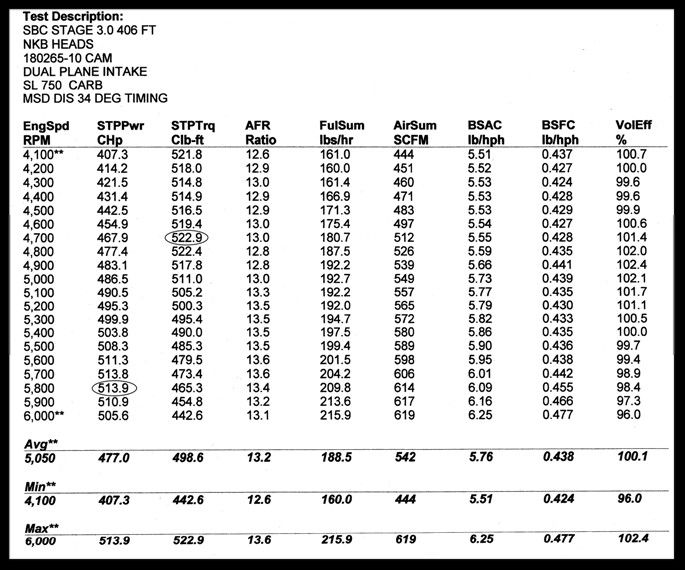
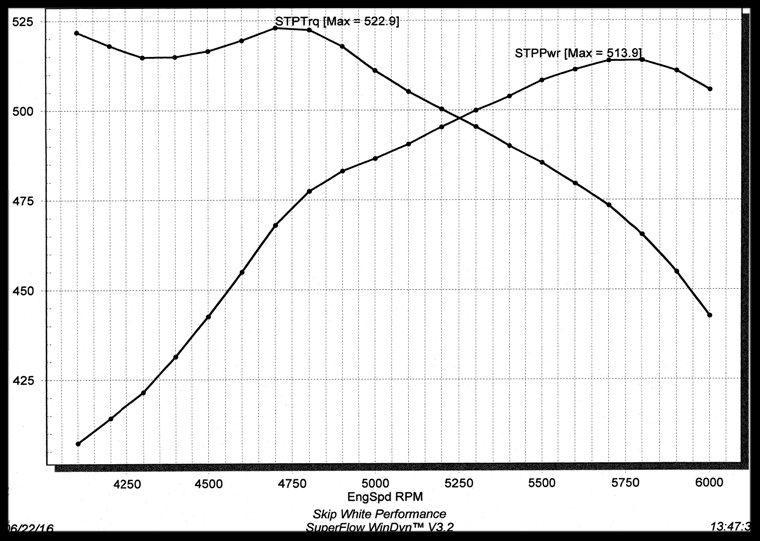

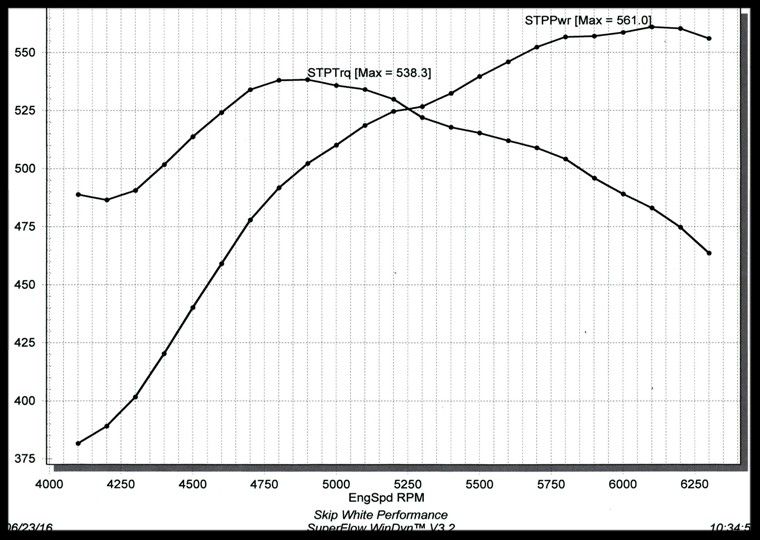
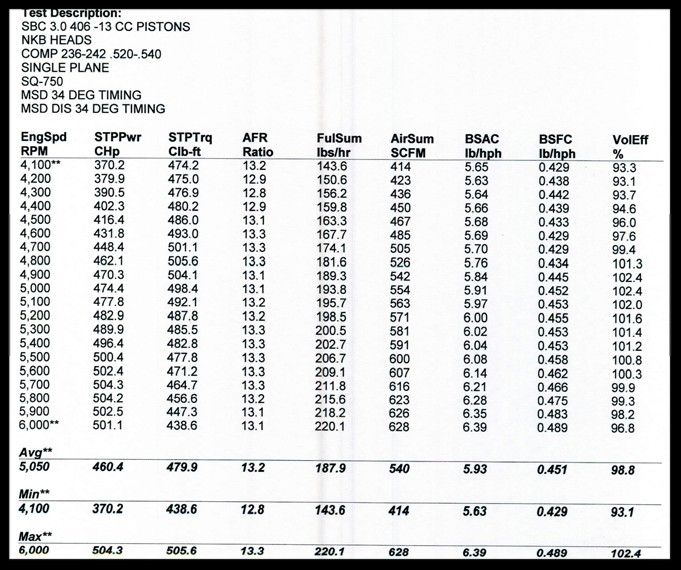
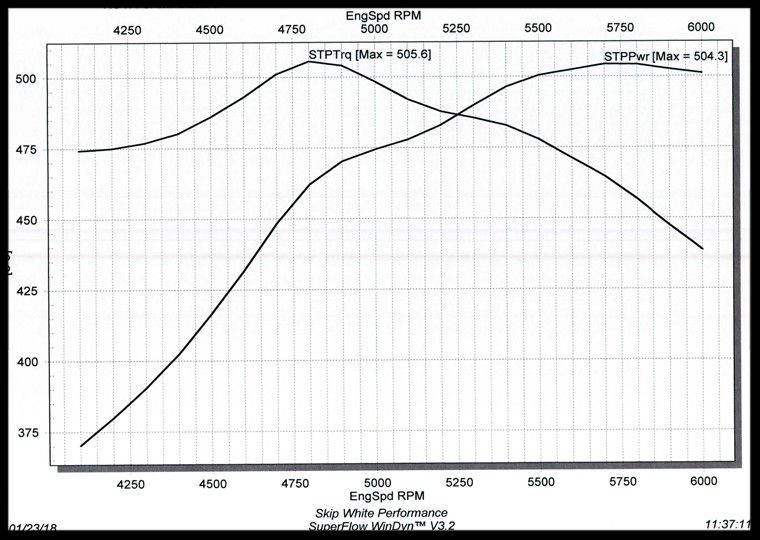
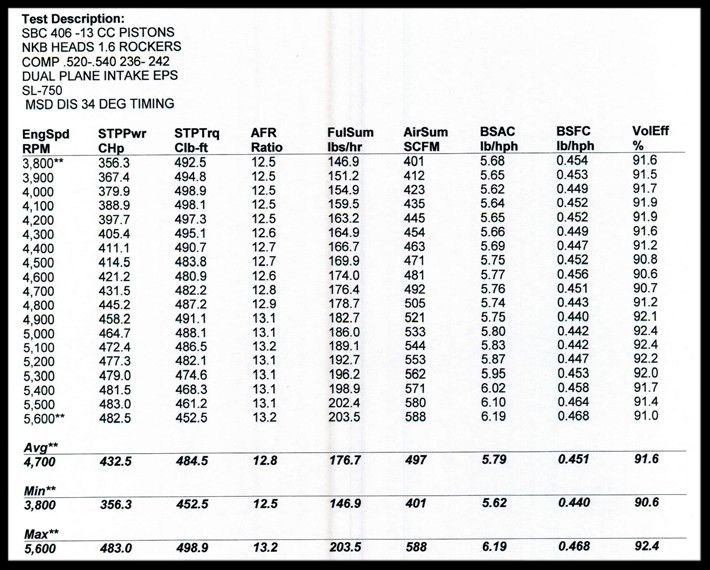
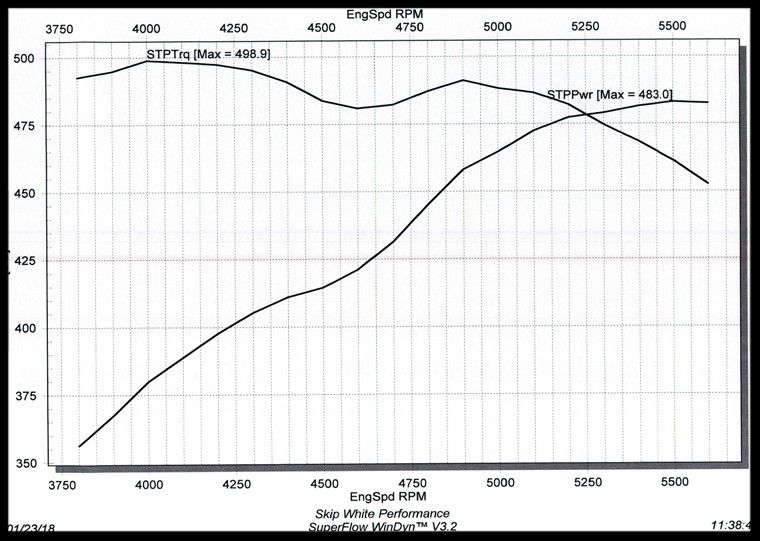

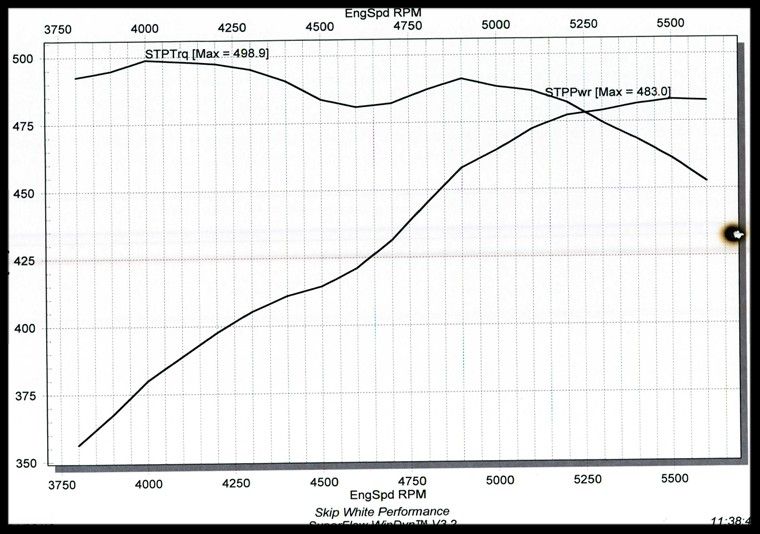
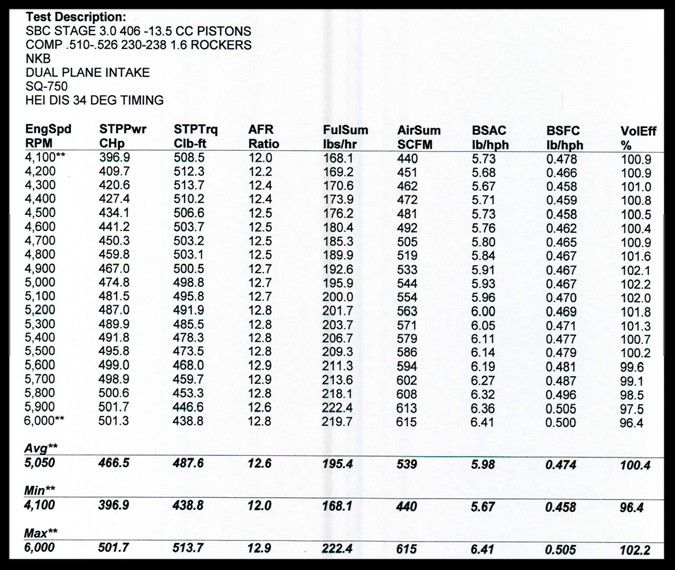
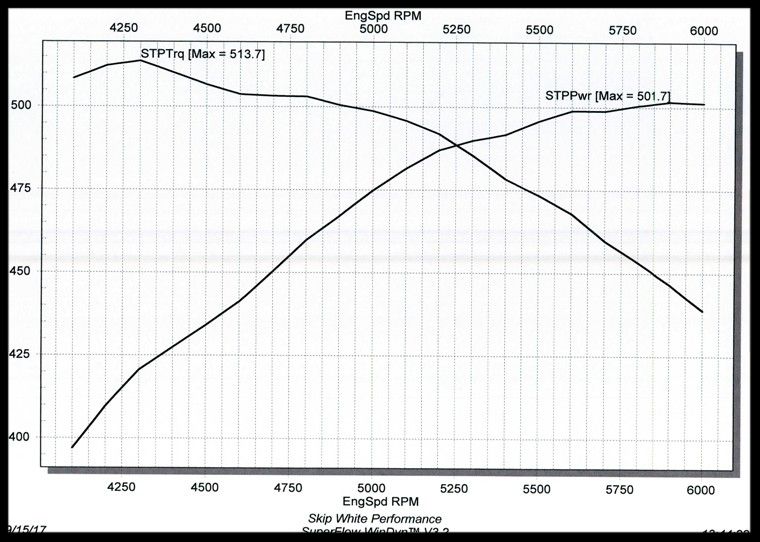
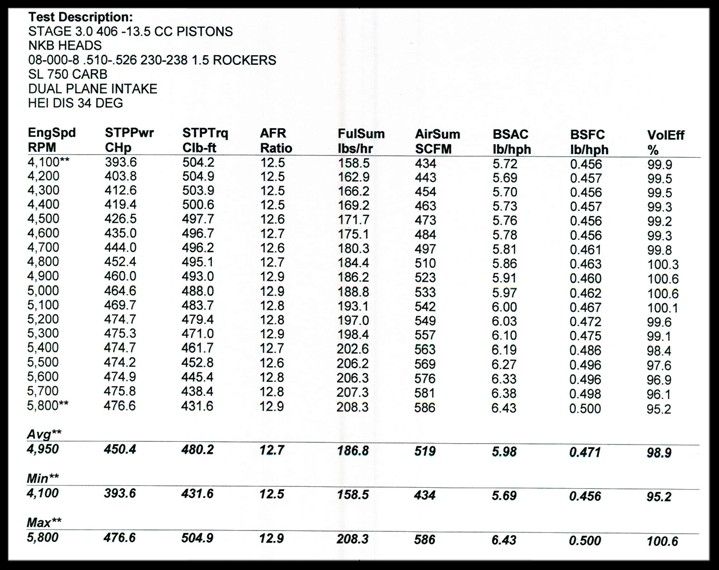
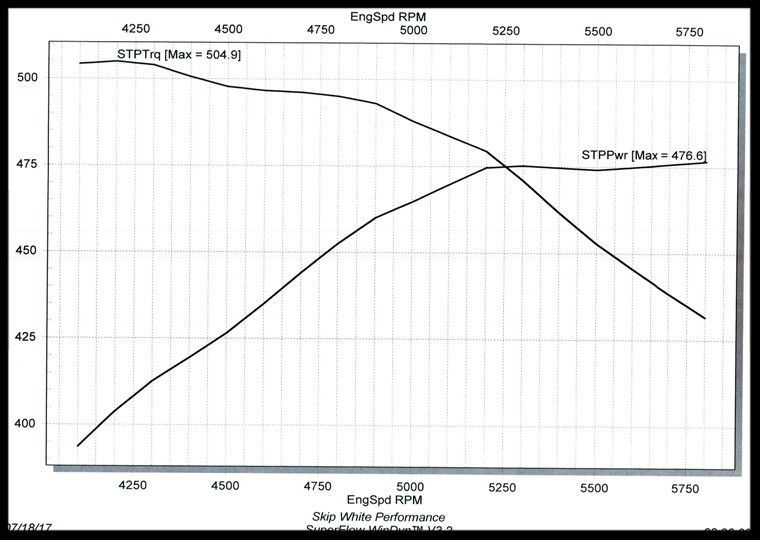

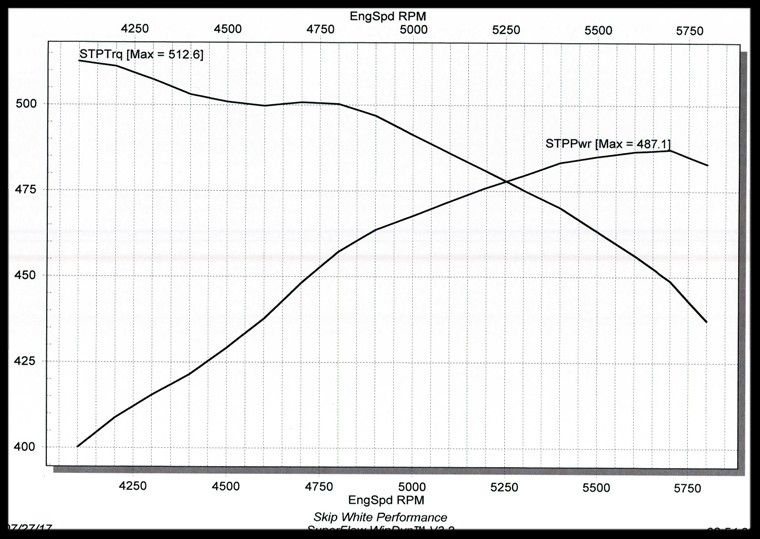
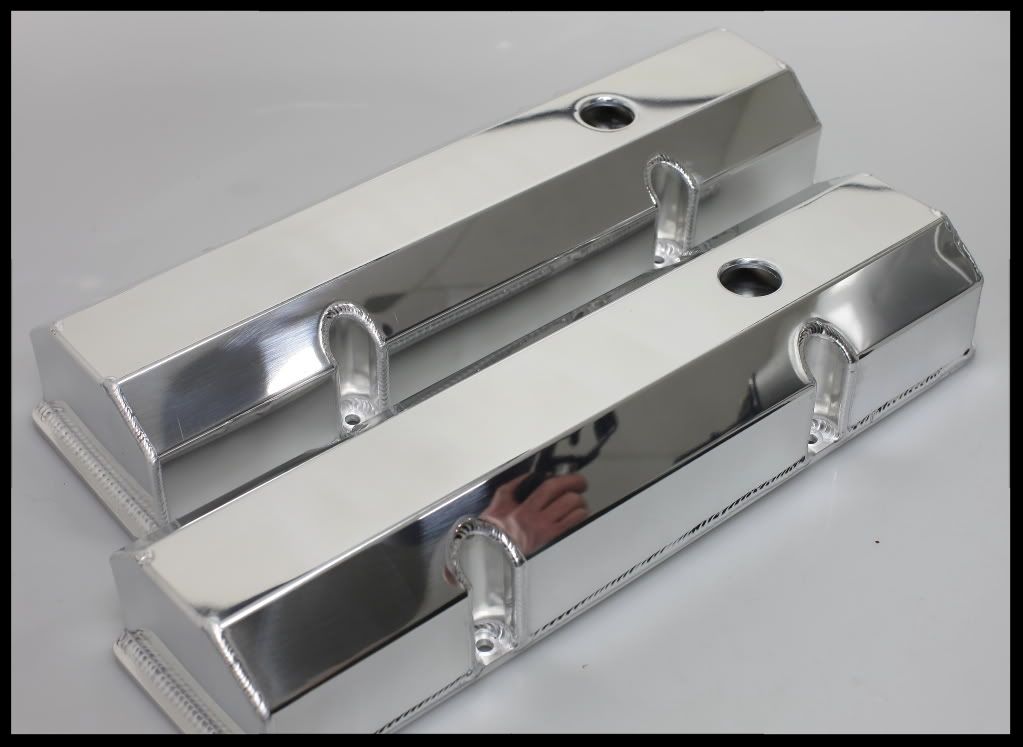
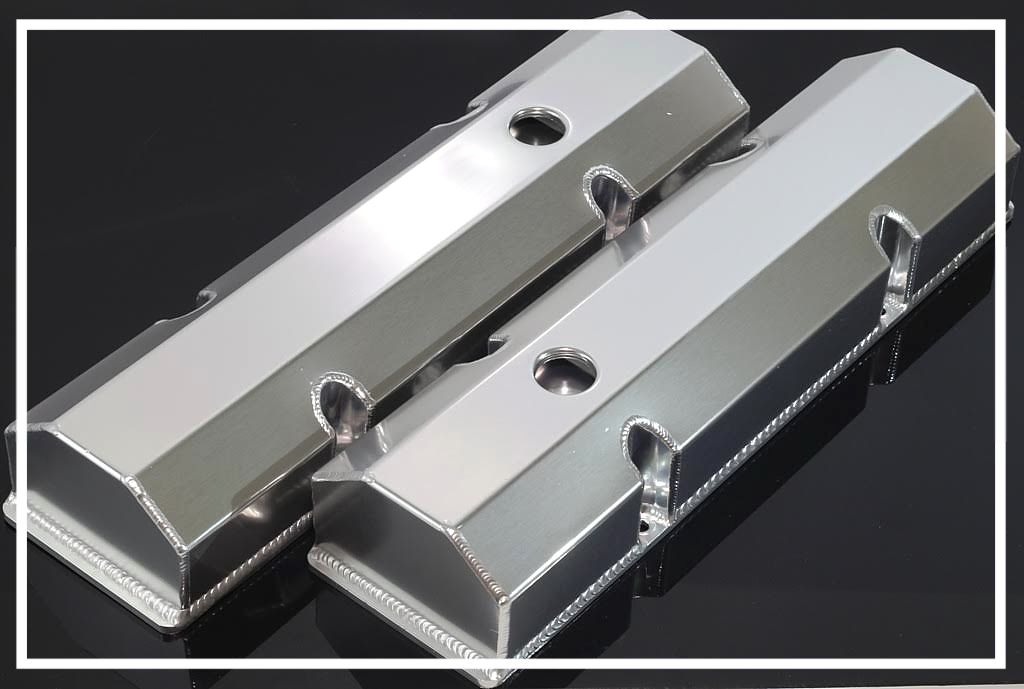
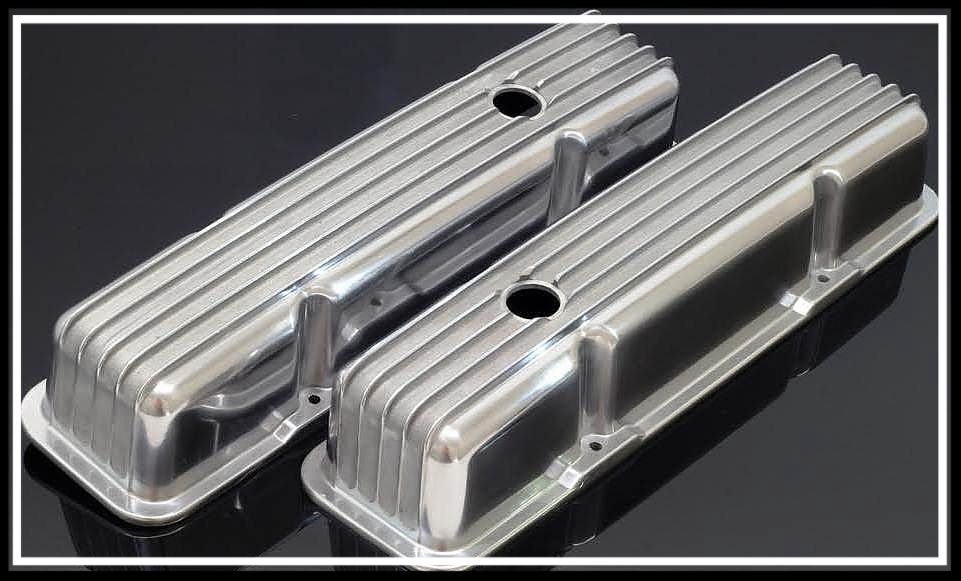
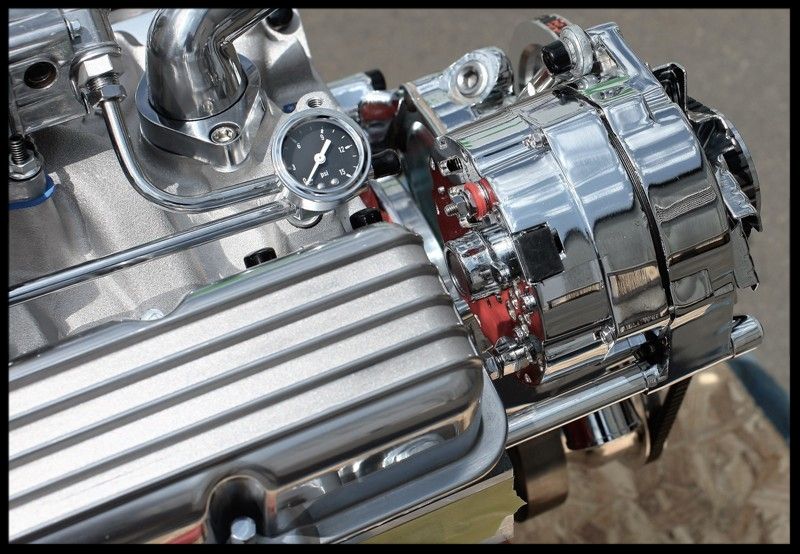

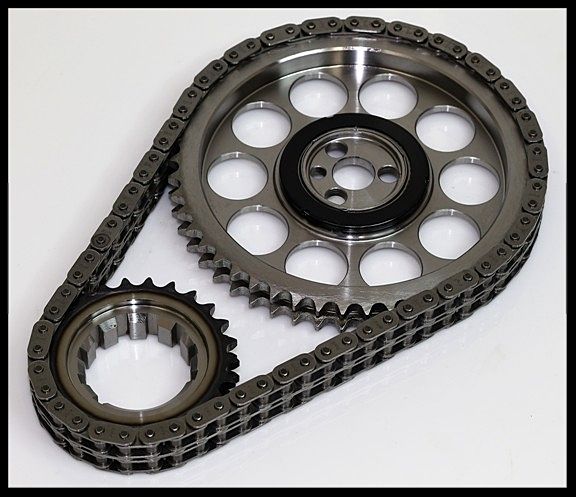

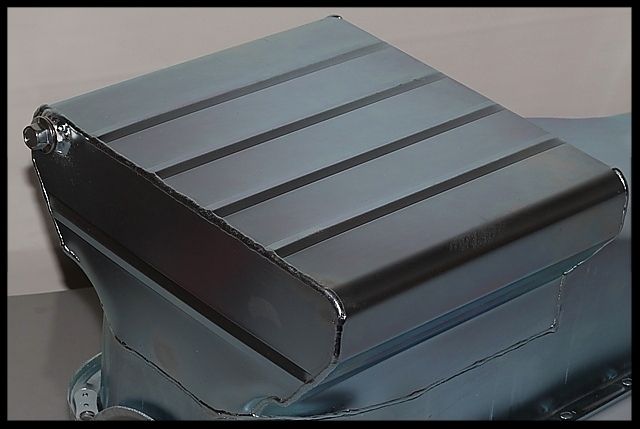
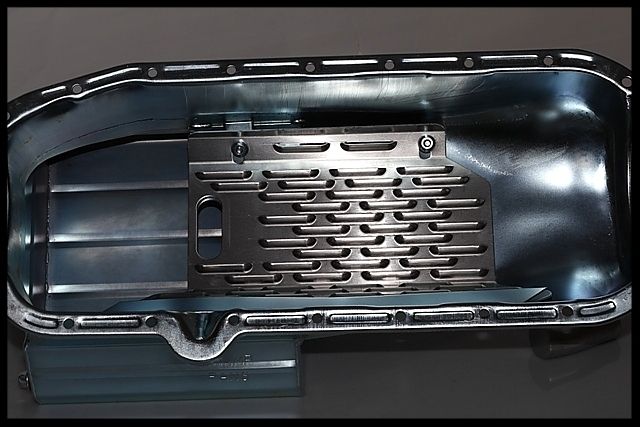
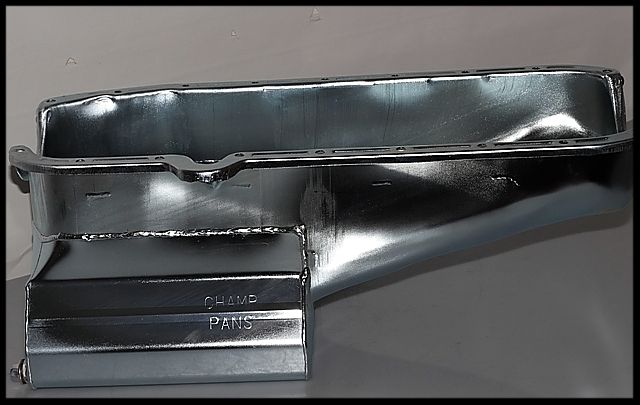
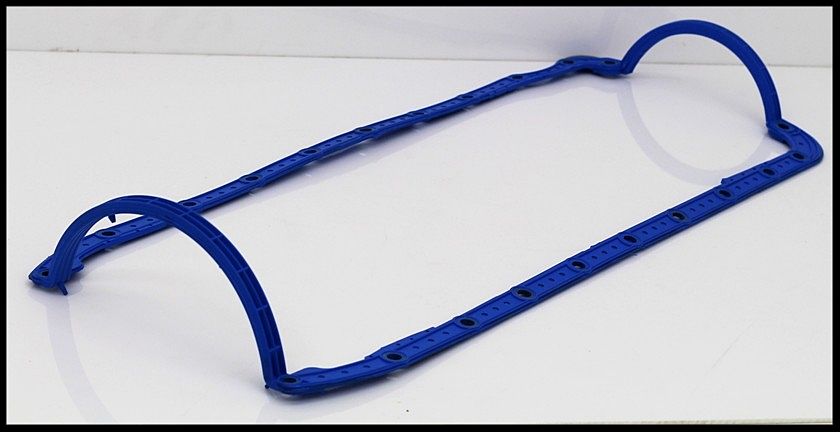



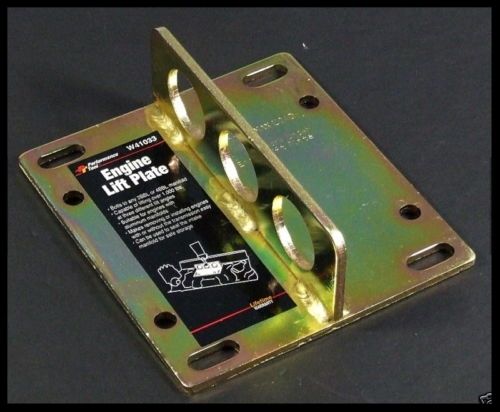

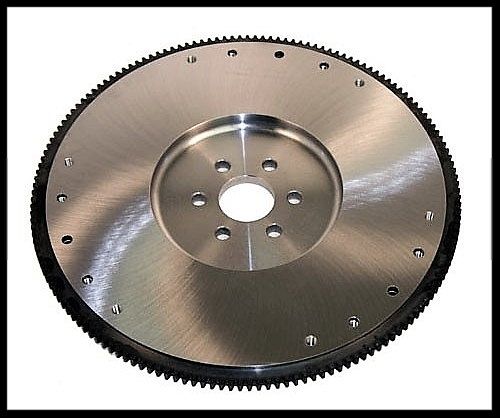

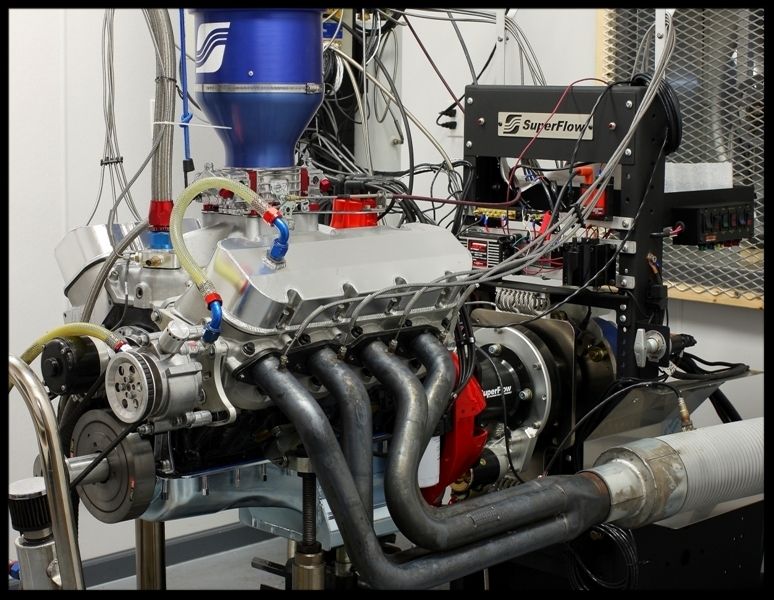
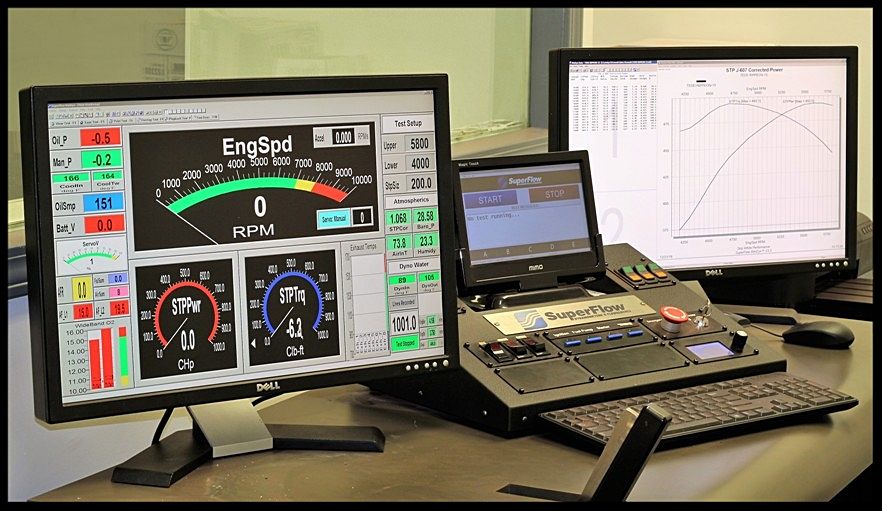
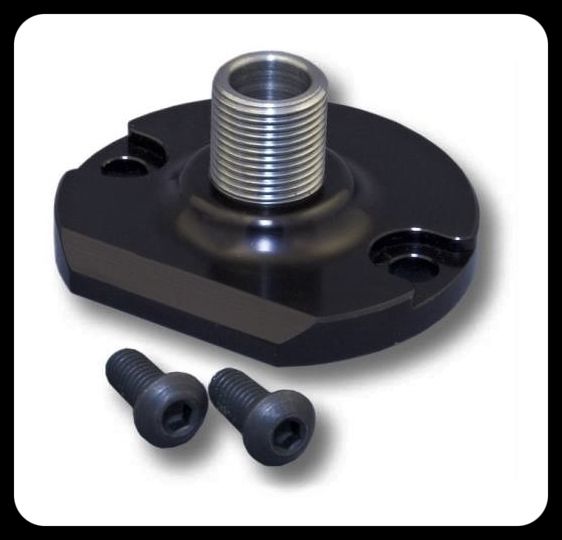
.jpg?width=1920&height=1080&fit=bounds)
.jpg?width=1920&height=1080&fit=bounds)
.jpg?width=1920&height=1080&fit=bounds)
.jpg?width=1920&height=1080&fit=bounds)
.jpg?width=1920&height=1080&fit=bounds)
.jpg?width=1920&height=1080&fit=bounds)
.jpg?width=1920&height=1080&fit=bounds)
